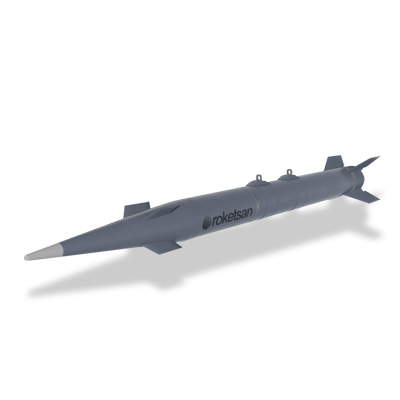
AKINCI İHA-230 Füzesi ile 140 kilometreden vurdu
Bayraktar AKINCI TİHA, İHA-230 Süpersonik Balistik Füzesi ile gerçekleştirdiği test atışında 140 kilometreden tam isabetle vurdu. İHA-230'u, Roketsan geliştirdi
 www.savunmasanayist.com
www.savunmasanayist.com
When fired from ground, TRG-230/TRLG230 has a range of around 70km. But when fired from air at high altitude it’s range is more than doubled as it doesn’t need to overcome gravity and albeit Akinci is not fast , it will still impart an acceptable initial velocity to the missile.
This gives Akinci a capability to hit targets from stand off distances. SOM-J will be a game changer stand off weapon for this bird too, especially when it is used against moving sea targets.
Being a high supersonic missile, UAV-230 missile will be very difficult to intercept. And with it’s high precision seeker head it will be very effective without causing collateral damage. (All UAVs like KE, Akinci and Aksungur could fire these. With KE it’s initial speed and high altitude will make the effective range even longer)
We mustn’t forget the cost effectiveness of these missiles as well since they are derivatives of cheap artillery rockets.

Roketsan - UAV-230 Air-to-Surface Ballistic Supersonic Missile
Last edited:






